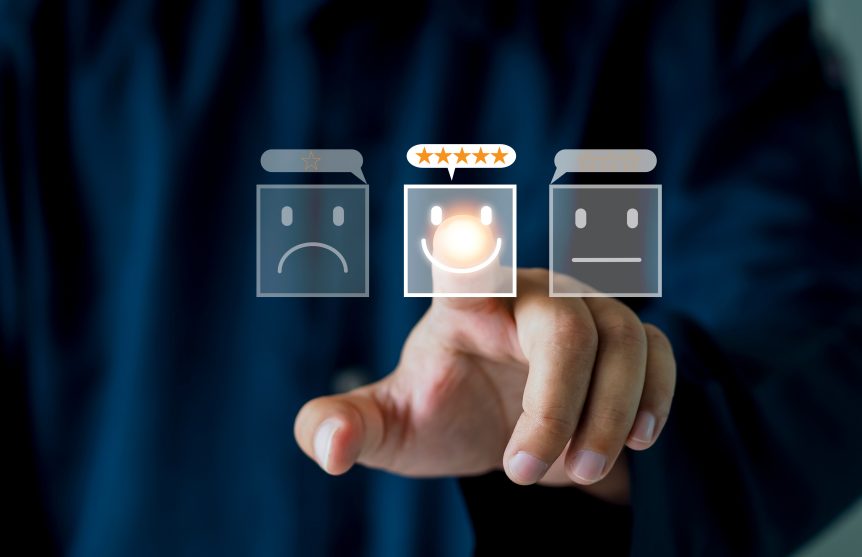When it comes to providing health insurance for employees, companies often face the dilemma of choosing between a fully-insured health plan and a self-insured health plan. While fully-insured plans provide a certain level of predictability in terms of costs, they might not always be the most cost-effective option. In this article, we’ll explore the potential cost savings that come with switching from a fully-insured to a self-insured health plan.
Potential Cost Savings of Switching from a Fully-Insured to Self-Insured Health Plan
- Lower Administrative Costs: With a self-insured health plan, companies can potentially save on the administrative fees charged by insurance providers. These savings can be significant, especially for larger organizations. By handling claims processing and payment administration in-house or through a third-party administrator (TPA), companies can reduce overhead costs and have more control over their healthcare expenses.
- Avoidance of State Health Insurance Premium Taxes: In a fully-insured plan, companies are subject to state health insurance premium taxes. By switching to a self-insured plan, companies can avoid these taxes, leading to substantial savings.
- Customized Plan Design for Cost Control: Self-insured plans offer more flexibility in plan design, allowing companies to tailor their health plans to better suit the needs of their employees. By carefully selecting plan components such as deductibles, copayments, and out-of-pocket maximums, companies can encourage employees to be more cost-conscious when using healthcare services, leading to overall cost savings.
- Improved Cash Flow Management: With a self-insured plan, companies only pay for actual claims incurred rather than paying a fixed premium to an insurance provider. This can lead to improved cash flow management, as companies have more control over their healthcare spending and can allocate funds more efficiently.
- Stop-Loss Insurance for Financial Protection: Although self-insured plans involve more risk for the employer, stop-loss insurance can be purchased to limit the financial exposure in the event of high-cost claims. By setting a specific deductible for the stop-loss coverage, companies can strike a balance between potential savings and financial protection.
Evaluating the Cost Savings of Self-Insured Health Plans
Before making the switch to a self-insured health plan, it’s essential for companies to carefully evaluate the potential cost savings. This can be done by comparing the costs of their current fully-insured plan to the projected costs of a self-insured plan, taking into account factors such as administrative expenses, state premium taxes, plan design changes, and stop-loss insurance premiums.
Additionally, companies should consider the size and demographic makeup of their workforce, as well as the healthcare market in which they operate. Self-insured plans may be more cost-effective for larger organizations with a relatively healthy employee population, as the risk of high-cost claims is spread across a larger group.
In conclusion, switching from a fully-insured health plan to a self-insured health plan can potentially result in significant cost savings for companies. By carefully evaluating the potential benefits and risks, and partnering with the right advisor, TPA and stop-loss carrier, companies can make an informed decision that best suits their needs and financial goals.

